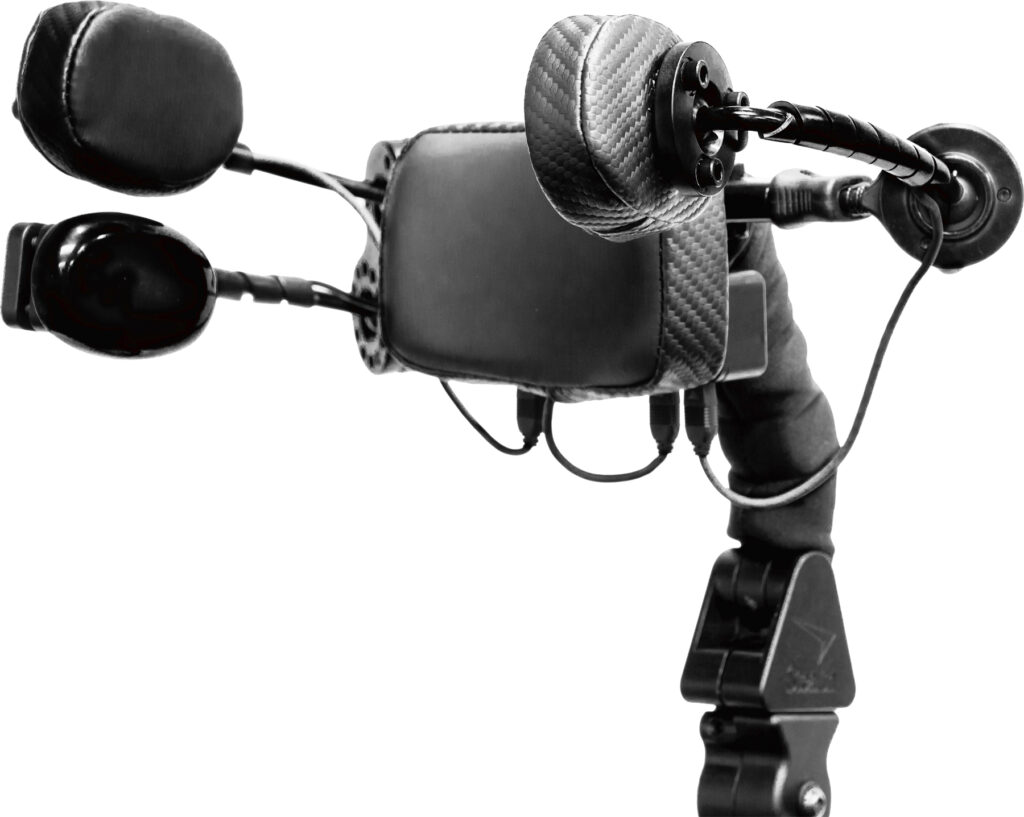Medical
Sip and puff assistive technology
Sip and puff technology is an assistive technology that allows individuals with limited or no motor function in their limbs to control devices such as computers, wheelchairs and communication devices using the power of their breath.

As well as medical applications in the field of healthcare and rehabilitation, it is also increasingly being seen in the world of sports and recreation in applications including sailing where it is used to adjust sails, control the rudder and navigate the boat, archery and fishing. Sip and puff systems can be customised to meet the specific needs and abilities of the users, with the sensitivity of the devices typically set during the manufacturing process to ensure accurate and consistent detection of air pressure.
The role of pressure switches in sip and puff applications
Two tubes make up the mouthpiece of a sip and puff device, one for sipping (inhaling) and the other for puffing (exhaling), and these are connected to pressure switches. These crucial components detect changes in air pressure which is then converted into electrical signals used to control various devices. Examples include controlling the direction and speed of a wheelchair, performing tasks like typing, navigating or activating software, or selecting words or phrases to generate speech.
Pressure switches are used for:
- Sensing breath pressure: as the user sips or puffs through the respective tubes, it creates changes in air pressure within those tubes
- Pressure detection: when the user inhales through the ‘sip’ tube, it creates a decrease in air pressure inside that tube, which is detected by the pressure switch. Conversely, when the user puffs it creates an increase in air pressure, which is also detected by the pressure switch.
- Signal generation: the pressure switches are connected to an electronic circuit within the device. When a change in air pressure is detected by a pressure switch, it triggers the circuit to generate an electrical signal. The strength and duration of the pressure change are translated into specific electrical signals.
- Command interpretation: the electrical signals are then interpreted by the device’s software or controller, which translates these signals into user-defined commands such as ‘stop’ or ‘move forward’.
- Device control: the interpreted commands are used to control the connected electronic device. In a computer, for example, they can control cursor movement.
Sip and puff technology has a wide range of applications. Talk to our in-house engineers to define the pressure/vacuum settings needed for your equipment, which may depend on factors like tube length and the user’s physical power or lung capacity, ensuring the highest level of independence and control. To learn more or discuss your specific application, please contact our team.